The choice of wood for a variety of projects, both inside and outside the home, is determined by criteria such as the variety of species, the pleasing grain pattern and colour, the ease with which it can be processed, the feeling of strength and warmth it exudes, and the fact that it is a renewable material. There are, however, some reservations, especially when it is to be used outdoors or in areas of the house where humidity is high. The reluctance is linked to the risk of rotting. But what causes wood to rot? Is it just water or are there other factors at play? Is there anything we can do to increase its strength? Are there differences in rot resistance between species? These and other questions are answered below.
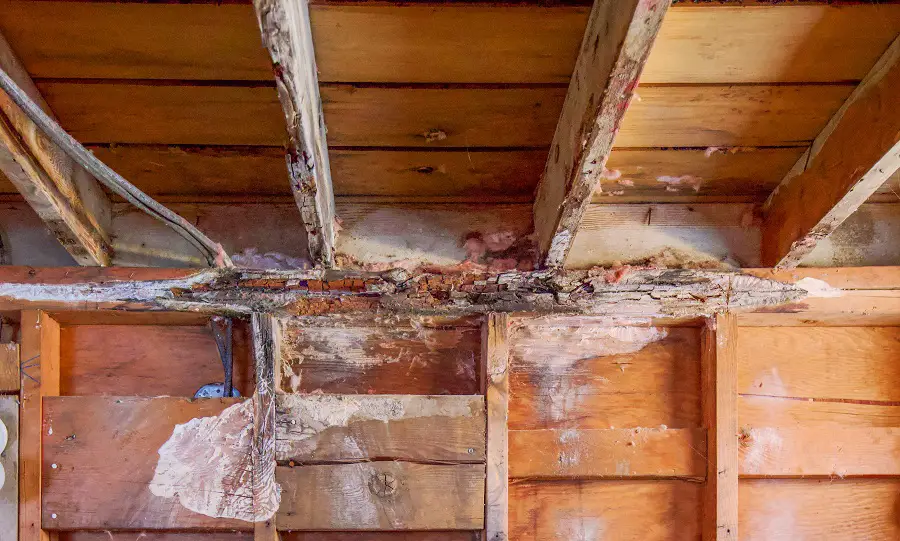
What causes wood rot
Rotting, i.e. the decay of wood, is caused by micro-organisms, specifically specific fungi. They feed on the components of wood - cellulose, hemicellulose and lignin - causing significant changes in its structure and characteristics. As a result of decay, the wood changes colour and its density and strength decrease.
A good environment is needed for mushrooms to thrive. This is given by:
- water content of wood exceeding 20%
- the existence of the food source
- presence of oxygen
- temperature in the range 0-40°C.
All these factors should be present at the same time and it is enough to act on one of them to interrupt development. As nutrients and oxygen exist in the wood, and the temperature range is very wide and easy to reach, the only one you can intervene on is the water content.
Wood naturally loses water immediately after the tree is cut down. This is the free water that has entered the tree with the food. The moisture content of the felled tree decreases quite quickly to around 30%, which is the water in the wood fibre, also called bound water. It doesn't come out as easily and it takes a long time to natural stack drying or artificial drying to reach the recommended moisture content for wood use of 8-12% for indoors and 14-18% for outdoors (highly dependent on outdoor humidity).
But wood is moisture-loving and when it gets into wet places it tends to absorb it. This increases the humidity and the water that stagnates in the wood creates the right environment for fungi to grow and rot.
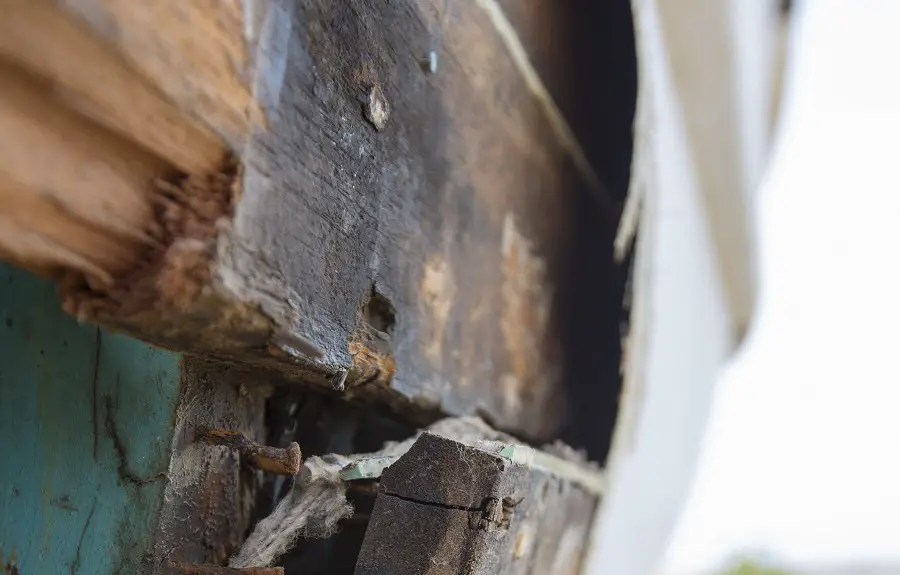
Fungi that cause wood rot
The main fungi that cause wood rot fall into 3 categories:
- brown rot
- white rot
- soft rot.
Brown rot attacks hemicellulose and wood pulp. In the degradation process of hemicellulose, hydrogen peroxide develops, which further attacks the cellulose. The attack is rapid because the small molecule of hydrogen peroxide circulates very easily through the wood, much faster than the spores spread. As a result, the wood shrinks (shrinks), turns brown and cracks into cube-shaped pieces.
Several fungi are found under the name of brown rot: The house sponge or tear fungus (Merulius lacrimans), the basement fungus (Coniophora putanea), the brown rot (Gloeophyllum). Find out more about them here. Fungus thrives between 18 and 35°C, often gets into the plaster of the house and is very hard to get rid of.
White rot attacks lignin, but there are also fungi in the group that attack both lignin and cellulose. As a result of the attack, the wood changes structure, becomes moist and soft and has a spongy or sticky appearance. The colour also changes to white or yellowish.
Not all mushrooms in this group are dangerous. Some of them, such as shiitake mushrooms, are cultivated as a food source. Also, their ability to produce enzymes needed to break down lignin has led to their use in environmental remediation processes.
Soft rot secretes an enzyme that attacks cellulose causing very small holes in the wood. It can cause discoloration or cracking and is therefore sometimes confused with brown rot. It is less aggressive than brown rot and grows more outside on fallen trees. What makes it very unpleasant, however, is that it thrives in damp and warm conditions where brown and white rot cannot. It can even grow in sub-zero temperatures down to -15°C and below. Examples of fungi that cause soft rot are Chaetomium, Ceratocystis or Kretzschmaria deusta.
Even if not directly responsible for rotting, blue stain and mould can create conditions for decay over time. Wood bleaching makes wood more water-hungry, as we have seenhere, which creates conditions for the development of rot. Mould is also water-loving and retains a high surface moisture that can damage wood.
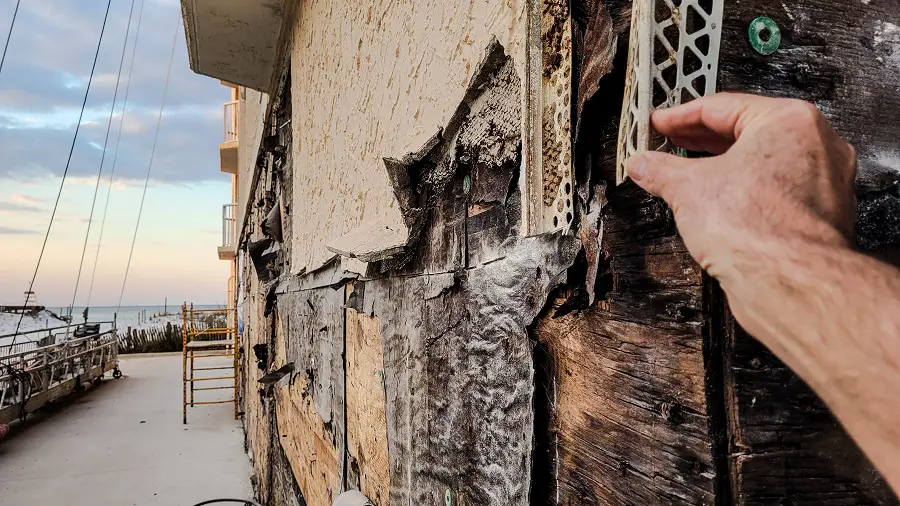
Places where there is a risk of fungi in the home. Watch out for places with high humidity!
Wood-rotting fungi need the moisture content of the wood to be above 20% to grow. This is not a difficult condition to meet in some areas of the house. So watch out for wood in the kitchen or bathroom, window and door sills and frames, floors, panelling and joists in the attic or cellar, areas where condensation forms due to poor wall insulation. Unfortunately, in many situations, fungi do not appear on the visible surface of wood but develop in hidden areas, making it very difficult to discover them immediately.
If you know you have such fungus-prone places, check them more often and try to find clues to their presence:
- the appearance of darker or lighter stains on the wood
- odd cracks or splits in the wood
- spongy or spider web-like filaments.
If you see such clues, test the strength of the wood by pressing down slowly with a screwdriver or other metal object. If it gives way very easily, the wood may be infested.
To avoid having to replace all the wood, take action as soon as you discover such signs. In the beginning it can still be treated to remove fungi. Treatments may need to be repeated because the fungi are resistant and hard to break down. Often, even if the problem seems to have been solved, it can reappear because of spores spread in the area, which find favourable conditions for growth. Make sure the water source is gone and the area is well ventilated so the wood can dry out.
If the wood looks badly damaged, the safest solution is to replace it because its strength is affected. If the wood is part of the house's structural strength, it is essential to consult a specialist. Treat the replaced wood with fungicides to avoid the reappearance of fungi.
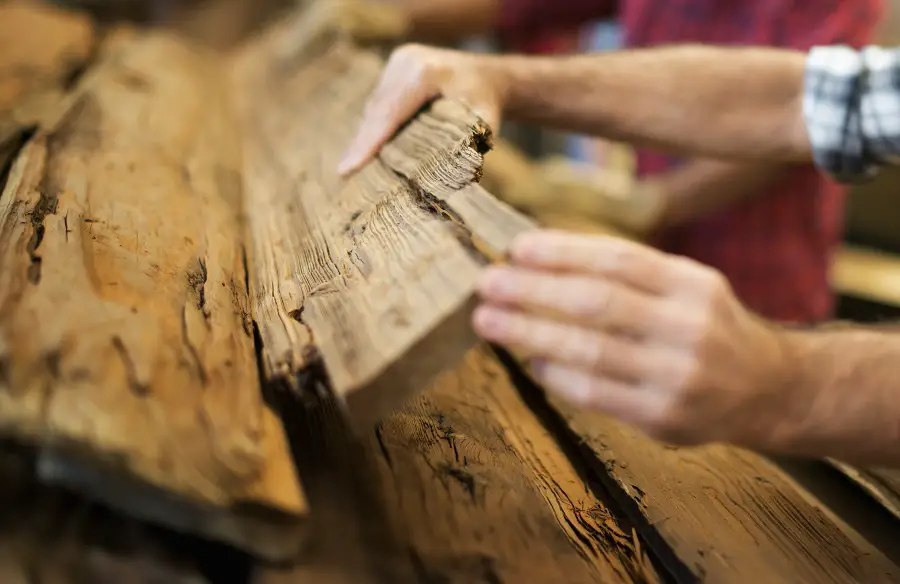
Important rules for outdoor timber projects. Rot-resistant species
Outside, the risk of wood rot is even greater. Rainwater, groundwater run-off, moisture from the ground and air are all sources of moisture growth in wood. That's why exterior designs must be made in such a way as to avoid water absorption and increased wood moisture. The right construction solutions and species must be chosen for this.
What are appropriate constructive solutions? Those in which:
- the wood does not come into direct contact with the ground
- water runs off the wood and does not splash
- the wood is protected with appropriate materials so that water cannot penetrate
- the air can circulate easily so that the wet wood can be stripped as quickly as possible
- as far as possible, the wood is protected by awnings.
The choice of species is also important. There are types of wood that have a natural resistance to decay due to a high content of certain substances with antimicrobial properties (polyphenols, flavonoids, etc). Tec, ipe, acacia, larch, red cedar are such wood species. Durability is always related to heartwood, sapwood being much looser and less resistant. Resistance to soil contact has led to a division of wood types into five classes. More information on the decay resistance classes and representative species for each of them can be found at here.
To increase its resistance to rot, wood can be subjected to treatments involving high temperature and pressure. This alters the structure and makes the wood highly resistant to rotting without the help of surface protection. Kebony, Accoya or heat-treated wood (Thermowood) are such modified species that last for decades outdoors.
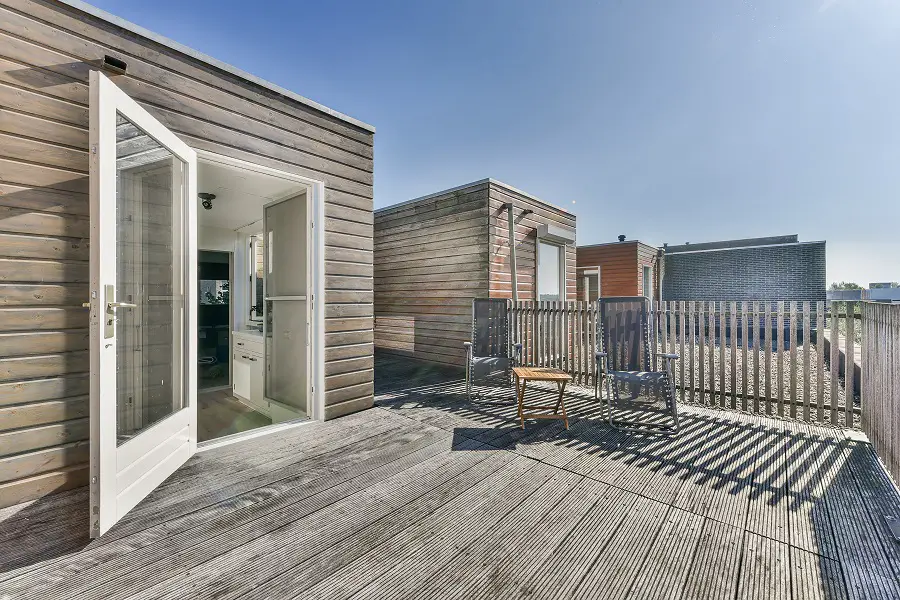
I hope you find the above information helpful. If you have had problems with such mushrooms, please tell us about your experience. It would be interesting to know how you got rid of the problem. And if you have any questions or queries, leave them below in the space provided. I will certainly answer them.

























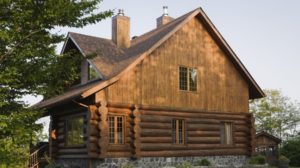

Add comment